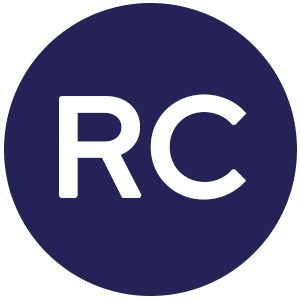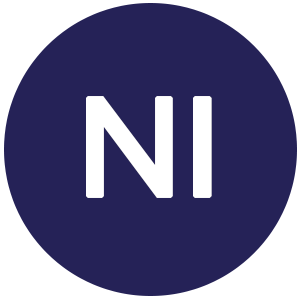Picture this scenario: You’re a care provider on the fifth floor of a hospital when a patient codes. You’re asked to find the floor’s crash cart, but when you reach for it in its designated spot, the cart is nowhere to be found. You begin searching every room and alcove on the floor trying to find the cart, wasting precious minutes that would better be devoted to saving the patient.
This is a hypothetical exercise but a completely plausible situation in hospitals across the country. When critical mobile equipment goes missing, key parts of a hospital’s workflow can grind to a halt, negatively affecting patient care. A geofencing strategy powered by a real-time location system (RTLS) can help overcome this challenge, alerting staff when certain classes of equipment move outside a certain set of boundaries so it can quickly be located and returned.
Geofencing is the use of technology (in this case, RTLS) to create virtual boundaries around specified areas. The system will send an alert to staff when a tagged piece of equipment crosses over those boundaries. A hospital’s RTLS can contain many different geofences, and within each, tagged equipment can move freely.
However, if a piece of equipment passes beyond a geofence’s virtual boundary, the RTLS would send an alert to staff letting them know the equipment isn’t where it should be. Geofencing can be used to keep track of a variety of equipment types but is most often applied to bigger or more expensive pieces of equipment that hospitals may not have large inventories of, such as surgery tables or crash carts, as noted in this post’s opening scene.
Here are 4 examples of how hospitals have deployed geofences using RTLS technology:
1. Differentiating patient care vs. utility areas
Some hospitals choose to place a geofence around patient care areas and another around utility areas (such as hallways and storage closets). When a piece of equipment moves from a patient care to a utility area, the RTLS can send an alert to staff letting them know the equipment needs to be picked up.
For example, consider when a patient bed is moved from a room into a hallway. As anyone who’s worked in a hospital can attest, there are almost always beds lining the hallways, and no one seems to know where they came from. A geofence can help ensure those beds don’t sit idle, clog up hallways, or go back into use before being properly cleaned between patients.
2. Keeping area-specific equipment in the right place
Some areas of the hospital use specialized — and expensive — equipment. These include catheterization labs, radiology labs, and respiratory therapy centers. Each of these spaces houses unique equipment that moves frequently around, but not outside, its designated area.
Similarly, the workstations on wheels that doctors and nurses use throughout a hospital are often programmed with only the information for patients on its ‘home’ floors and/or wing. Therefore, if a workstation programmed for the sixth floor ends up on the seventh, it won’t be helpful for the patients on the seventh floor. In both these examples, an RTLS geofence can help keep equipment in the right place by alerting staff immediately when equipment goes outside its authorized area.
3. Protecting infectious disease isolation areas
Hospitals maintain isolation areas to ensure critically ill patients with infectious diseases do not mix with the rest of the hospital’s population. Similarly, hospitals do not want equipment that is used in isolation areas to be used outside those areas unless the equipment has been thoroughly cleaned and sanitized.
This has been an even more important boundary to hold in the past two years since the onset of the COVID-19 pandemic. The equipment that’s essential for caring for COVID patients —like ventilators and controlled air-purifying respirators (CAPRs) — are also necessary in a number of other hospital areas. A geofence can be a powerful tool in ensuring that shared equipment that may be contaminated is never used outside of isolation areas.
4. Facilitating rental cost savings
Sometimes, hospitals require expensive specialty equipment to care for a particular patient. Instead of purchasing the equipment, they rent the item for a short period of time but often over-estimate how long they’ll need it.
Say your hospital needs to rent a total-care bariatric bed — which can cost hundreds of dollars in rent per day — for a surgery patient. You rent the bed for 10 days, but the patient recovers faster from their procedure than expected and is discharged in five days. If you’ve tagged that specialty bed and set a geofence to separate patient care and utility areas, staff can be alerted when the bed is wheeled out of that room. Your hospital can return the equipment five days early, potentially recouping the cost for those extra days.
These are just a few examples of how geofencing with an RTLS can help hospitals improve their workflow, protect their patients, and achieve financial benefits. The Cognosos RTLS, with its lightweight infrastructure and low installation cost, is an attractive option for hospitals considering a new approach to asset management.
Want to learn more about the different types of RTLS on the market and which type might be best for your hospital? Read our Ultimate Guide to Choosing the Right RTLS Solution for your Hospital.



